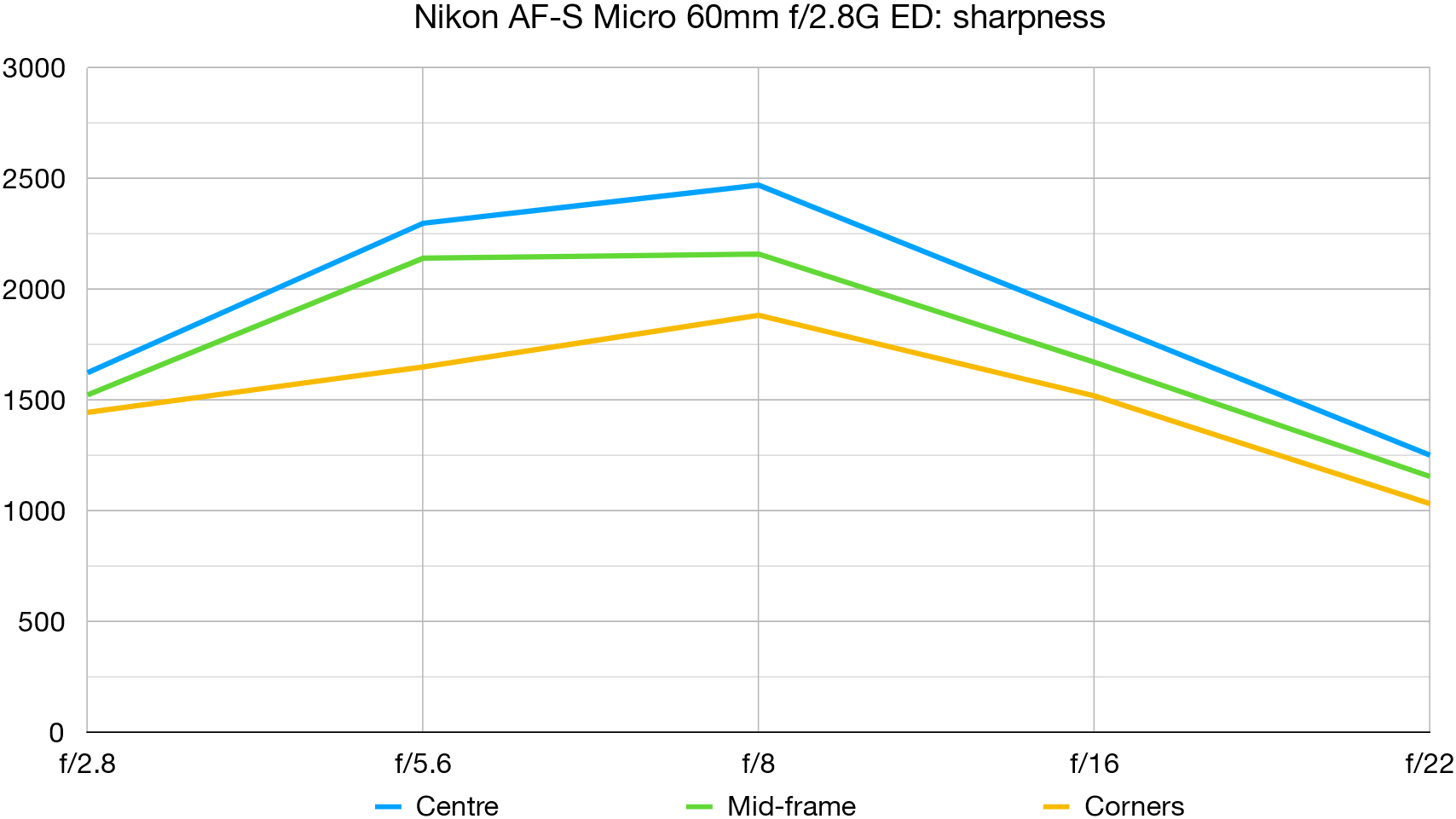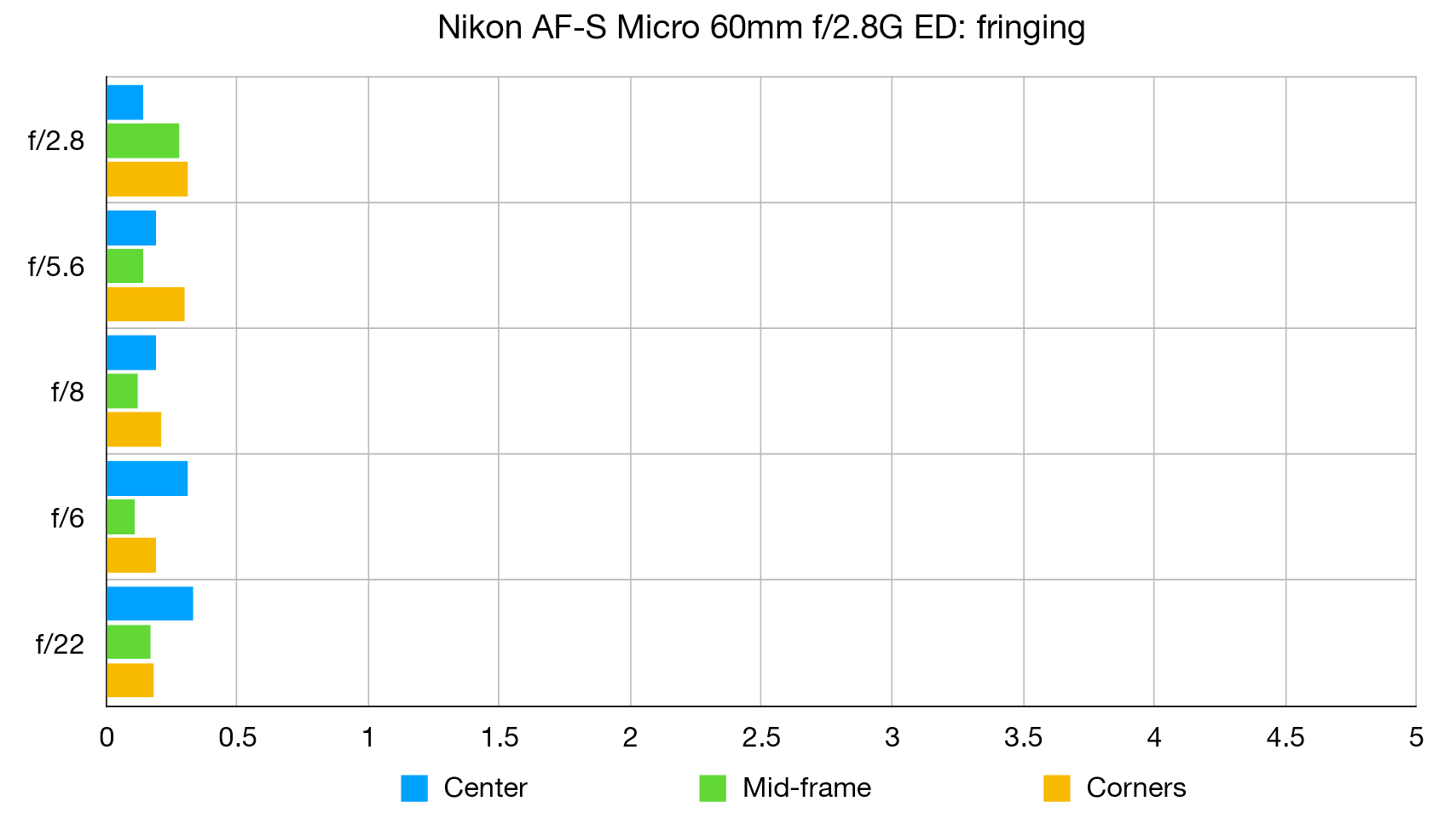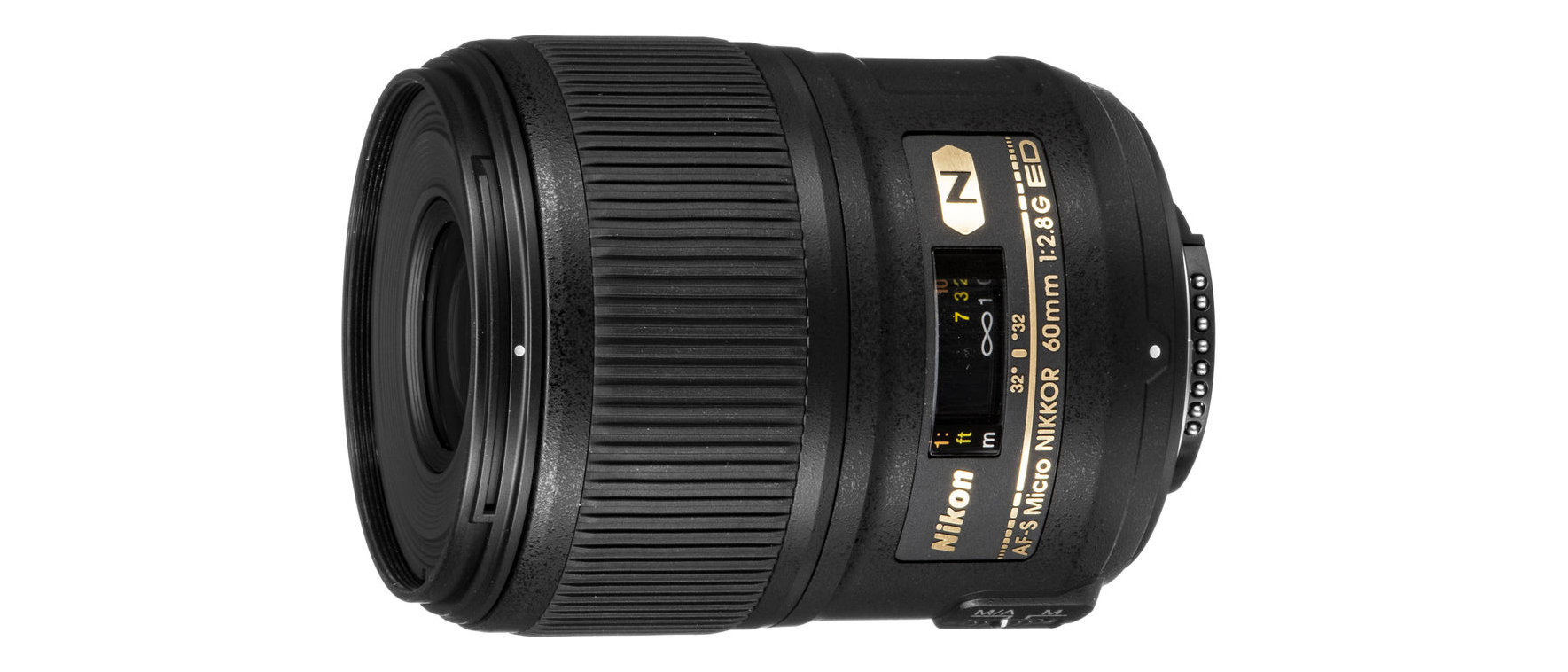Digital Camera World Verdict
If you’re after a prime lens with a fairly standard field of view that can also turn its hand to full 1.0x magnification macro shooting for extreme close-ups, this NIKKOR should fit the bill. On full-frame cameras, it gives a 39.7-degree viewing angle which works well for general shooting, although the aperture rating isn’t faster than an f/2.8 standard zoom. For macro shooting, the working distance between the front of the lens and the subject is a little too close for comfort, at just a couple of inches.
Pros
- +
Fairly standard viewing angle
- +
Full 1.0x macro magnification
- +
Quite compact and lightweight
Cons
- -
Expensive for its class
- -
Uncomfortably short macro working distance
Why you can trust Digital Camera World
The Nikon AF-S Micro 60mm f/2.8G ED is a pretty versatile lens. Whereas most full-frame compatible macro lenses have a focal length of around 90-105mm, making them useful as short telephoto lenses, this one has a more standard viewing angle that can often come in handy. It also works well for portraiture on a DX (APS-C) format camera, on which it has an effective focal length of 90mm.
Specifications
Mount: Nikon F
Full frame: Yes
Autofocus: Yes
Stabilization: No
Lens construction: 12 elements in 9 groups
Angle of view: 39.7 degrees
Diaphragm blades: 9
Minimum aperture: f/32
Minimum focusing distance: 0.185m
Maximum magnification ratio: 1.0x
Filter size: 62mm
Dimensions: 73x89mm
Weight: 425g
Key features
Designed for full-frame cameras, this lens is equivalent to the ‘effective’ focal length of the Nikon AF-S DX Micro 40mm on DX bodies. It therefore works well as a fairly standard prime as well as a 1.0x macro optic. Due to the longer ‘actual’ focal length than in the DX lens, the shortest focus distance is greater, at 19cm instead of 16cm.
However, the FX lens is physically longer as well, and while it has an internal focusing system, the working distance from the front of the lens to the subject in full macro photography is only 1.5cm longer than with the DX 40mm, at 5cm, or 2 inches. That’s fine if you like getting in really close to what you’re shooting, but most of us prefer a bit more elbow room.
Compared with the DX 40mm macro lens, the optical path is more sophisticated, and includes two aspherical elements and one ED (Extra-low Dispersion) element. It also has Nano Crystal Coat in addition to the more basic Super Integrated Coating.
Performance
Unlike the more popular Nikon AF-S Micro 105mm f/2.8 G IF ED VR, this lens has no image stabilization. That can be an issue for general shooting but makes little difference for macro work, where optical VR is no real substitute for a tripod. Levels of sharpness are very impressive, there’s only very minimal color fringing and, to all intents and purposes, it’s a distortion-free lens, so overall image quality is excellent.
Lab results
We run a range of lab tests under controlled conditions, using the Imatest Master testing suite. Photos of test charts are taken across the range of apertures and zooms (where available), then analyzed for sharpness, distortion and chromatic aberrations.
We use Imatest SFR (spatial frequency response) charts and analysis software to plot lens resolution at the center of the image frame, corners and mid-point distances, across the range of aperture settings and, with zoom lenses, at four different focal lengths. The tests also measure distortion and color fringing (chromatic aberration).
Sharpness:

Levels of sharpness are already very good wide-open at f/2.8 and become excellent at f/4, only really dropping off at f/22 due to diffraction.
Fringing:

There’s generally only negligible color fringing, even without relying on in-camera correction. It only becomes slightly noticeable at f/32, where sharpness is pretty poor anyway.
Distortion: -0.04
With a practically perfect lab score, this Nikon is basically a zero-distortion lens.
Verdict
If you’re after a prime lens with a fairly standard field of view that can also turn its hand to full 1.0x magnification macro shooting for extreme close-ups, this NIKKOR should fit the bill. On full-frame cameras, it gives a 39.7-degree viewing angle which works well for general shooting, although the aperture rating isn’t faster than an f/2.8 standard zoom. For macro shooting, the working distance between the front of the lens and the subject is a little too close for comfort, at just a couple of inches.
Read more:
• Best camera lenses to get
• Best Canon lenses
• Best Nikon lenses
• Best Sony lenses
Matthew Richards is a photographer and journalist who has spent years using and reviewing all manner of photo gear. He is Digital Camera World's principal lens reviewer – and has tested more primes and zooms than most people have had hot dinners!
His expertise with equipment doesn’t end there, though. He is also an encyclopedia when it comes to all manner of cameras, camera holsters and bags, flashguns, tripods and heads, printers, papers and inks, and just about anything imaging-related.
In an earlier life he was a broadcast engineer at the BBC, as well as a former editor of PC Guide.


